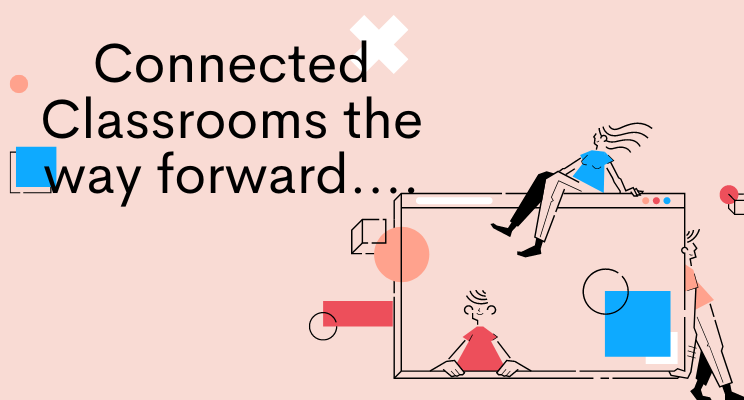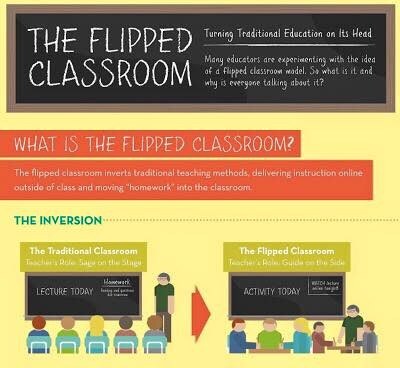Digital India Classrooms: Blackboards Convert Into Electronic Whiteboards
During the 6th meeting of the Central Advisory Board of Education (CABE), the advisory body decided that this would be an essential part of improving India’s educational curriculum. The decision was taken by state education ministers, central ministers, senior bureaucrats and several educationists.
Javedkar recalled the nation’s pledge around 50-60 years ago to have a blackboard in every classroom. He stated that with changing times, we now need smart classrooms with electronic interactive whiteboards to keep up with the pace of education across the globe.
Javedkar brought up the example of Maharashtra where around 300 crores were collected from six different districts for the purpose of installing electronic interactive whiteboards in schools. “It’s a novel idea and will take years to fructify, but a goal has been set today and we have to work in that direction,” the minister added.

So why is it so important to implement this sudden change? The answer is simple - evolution. The well wishers of our nation want to ensure that there is an equal and paralleled level of education reaching the masses across all parts of the country. This is why in another development, the Jammu and Kashmir education department and the Ministry signed a memorandum of understanding to improve the syllabus followed in the State board affiliated schools to that of CBSE, with the introduction of NCERT books.
“This exercise is to expose students in the state to the content that is being taught in rest of the country. We will also hold massive student exchange programmes in which 9,000-10,000 school students from Jammu and Kashmir will be sent to other parts of the country on educational trips and vice-versa,” Javadekar said.
With the leveling of education to match all parts of the country to one national syllabus that is free from bias, corruption and partiality towards a specific race, with equal and well researched syllabuses, we will help the children of our nation get the best form of education possible.
The most important way to reach these children after the implementation of a uniform syllabus is through a uniform medium of audio visual interaction with proper metrics in place. Why should any institution hold back from technology that helps improve the standard of education? Cost may be one factor, but it is a one-time long term investment that even curbs the issue of environmental damage due to cutting down of trees for paper, followed by the wastage of that very same paper. This is why many institutions are converting their blackboards into electronic interactive whiteboards.
Going digital not only improves the uniformity and reach of the syllabus but also allows children to have increased interest in the classroom. Distractions can be reduced to a great extent. Teachers can also have more time to focus on those who require extra help because the electronic interactive whiteboards use software that report which children are ahead and which are lagging behind. The digital learning software that is used by the digital boards ensure that children learn according to their pace and style of learning, be it visual, auditory, reading/writing, or kinesthetic.
All in all, the difference can be tangibly felt shortly after the changes have been implemented. Perhaps this is the main reason why is it advised to convert from blackboards to electronic interactive whiteboards.
It isn’t hard to find reliable technology for this very same purpose. Take a look at this electronic interactive whiteboard that is currently taking the market by storm: SMART Board 6000 series
.png?width=1322&height=350&name=C3ITXperts-logo-R%20(1).png)



.png)
.png)
.png)

